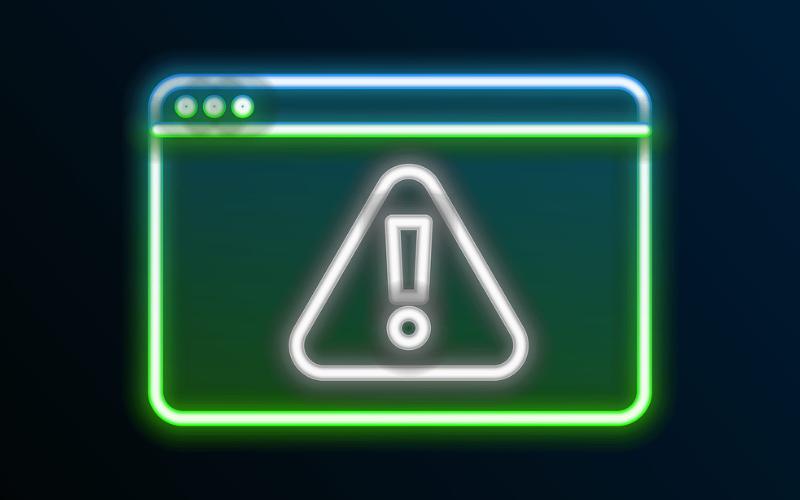By: Hilary Hager, Corporate Counsel at Innovative Employee Solutions
With its ruling in Dynamex Operations West v. Superior Court, the California Supreme Court made it much harder for California employers to classify their workers as independent contractors. On April 30, 2018, the court overturned almost 30 years of established law and adopted a new test for determining whether a worker qualifies as an independent contractor (IC). Companies utilizing ICs in the course or their operations should take action now to avoid potential misclassification claims.
Since 1989, California courts had used the multi-factor test set forth in S.G. Borello & Sons, Inc. v. Dept. of Industrial Relations to analyze IC misclassification claims. Under that test, courts considered a list of twelve factors and decided on balance, whether classification as an IC was proper. The most significant factor was whether the recipient of services had the right to control how and when the work was performed, however, no one factor was determinative of IC status and the IC didn’t necessarily need to satisfy all of the factors.
In Dynamex, the court held that public policy mandates the broadest possible definition of employee when enforcing California’s wage orders (essentially California’s version of the Fair Labor Standard Act). It rejected the Borello test and decided that the so-called ABC test should be used instead. Although simpler to apply, the ABC test is much more rigid. As a result, it is likely that many workers that were considered ICs will now be considered employees.
Under the ABC test, all workers are presumed to be employees. To overcome that presumption, the business or individual engaging the worker has the burden of establishing each of the following factors:
(a) That the worker is free from the control and direction of the hirer in connection with the performance of the work, both under the contract for the performance of the work and in fact; and,
(b) That the worker performs work that is outside the usual course of the hiring entity’s business; and
(c) That the worker is customarily engaged in an independently established trade, occupation, or business of the same nature as that involved in the work performed.
It is important to note that since this decision interprets existing law rather than creating new law, employers are not given a grace period to comply. Therefore, employers would be well advised to take steps now to minimize potential liability, including reassessing existing IC relationships and establishing compliant guidelines for engaging new ICs.
When assessing ICs, companies should consider:
(a) Is the worker free from direction and control? This prong should be familiar to most businesses as it is a significant part of the old Borello test. Analysis should include things such as: whether the company can or does direct the manner and means of how the work is accomplished; whether the worker is supervised, directed or instructed in performing work; whether ongoing approval is required; and whether the worker is required to work at a certain location or at certain hours. Both written agreements and actual practice should be considered.
(b) Is the worker’s role part of the normal business operations, or outside the normal business operations? Answering this question should start with “what is the hiring entity’s business”? Once that is established, ask whether the work is necessary to the business. If the work was not done, would the business still be able to function? This is probably the trickiest prong of the test to apply. The Dynamex court gave some examples – a plumber temporarily hired by a store to fix a leak would be an IC, whereas a cake decorator who works on a regular basis on custom-designed cakes would be an employee. However, many situations fall somewhere in the gray area between those two extremes. This prong expands the definition of employee to include almost any worker who engages in the same business as the hiring entity. This ruling may have a particularly heavy impact on companies who engage engineers, IT professionals and others in a consulting role to help with special projects.
(c) Is the IC customarily engaged in a separate, independently established trade, occupation or business? If the worker maintains a separate business entity, provides services to other clients, and/or maintains his or her own employees, this may be sufficient to find an IC. The key here is that the worker must have independently made the decision to go into business for themselves. The simple fact that a company does not prohibit or prevent a worker from engaging in such an independent business is not sufficient.
The penalties for misclassifying an employee as an IC may include minimum wage and overtime violations, meal and rest break violations, other penalties, interest, and an award of attorneys’ fees to the prevailing plaintiff. These costs can be significant, especially in a class action lawsuit. It is critical that employers understand the change in the law, and consult with their employment counsel to make any necessary changes.
The above article is for informational purposes only and is not intended to be legal advice. You should consult with your attorney to see if any of the information provided here applies to your organization.





